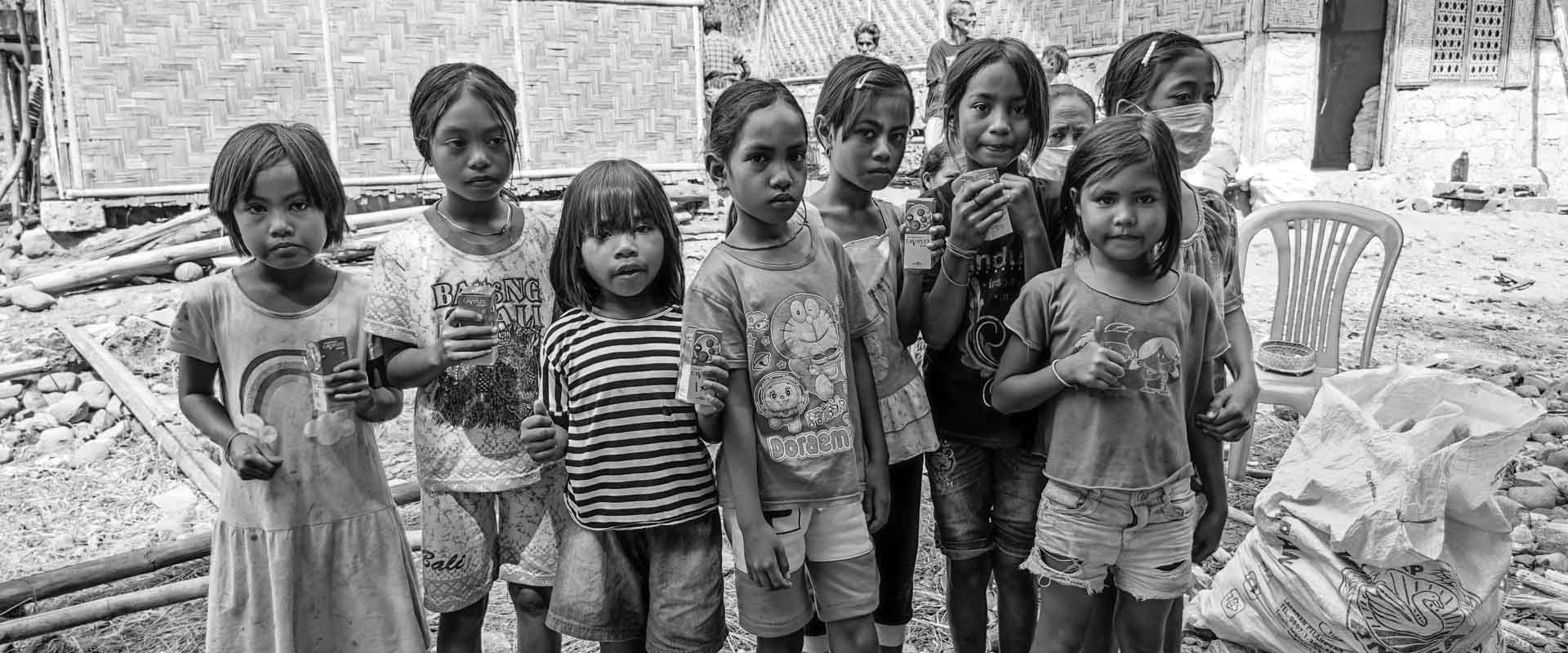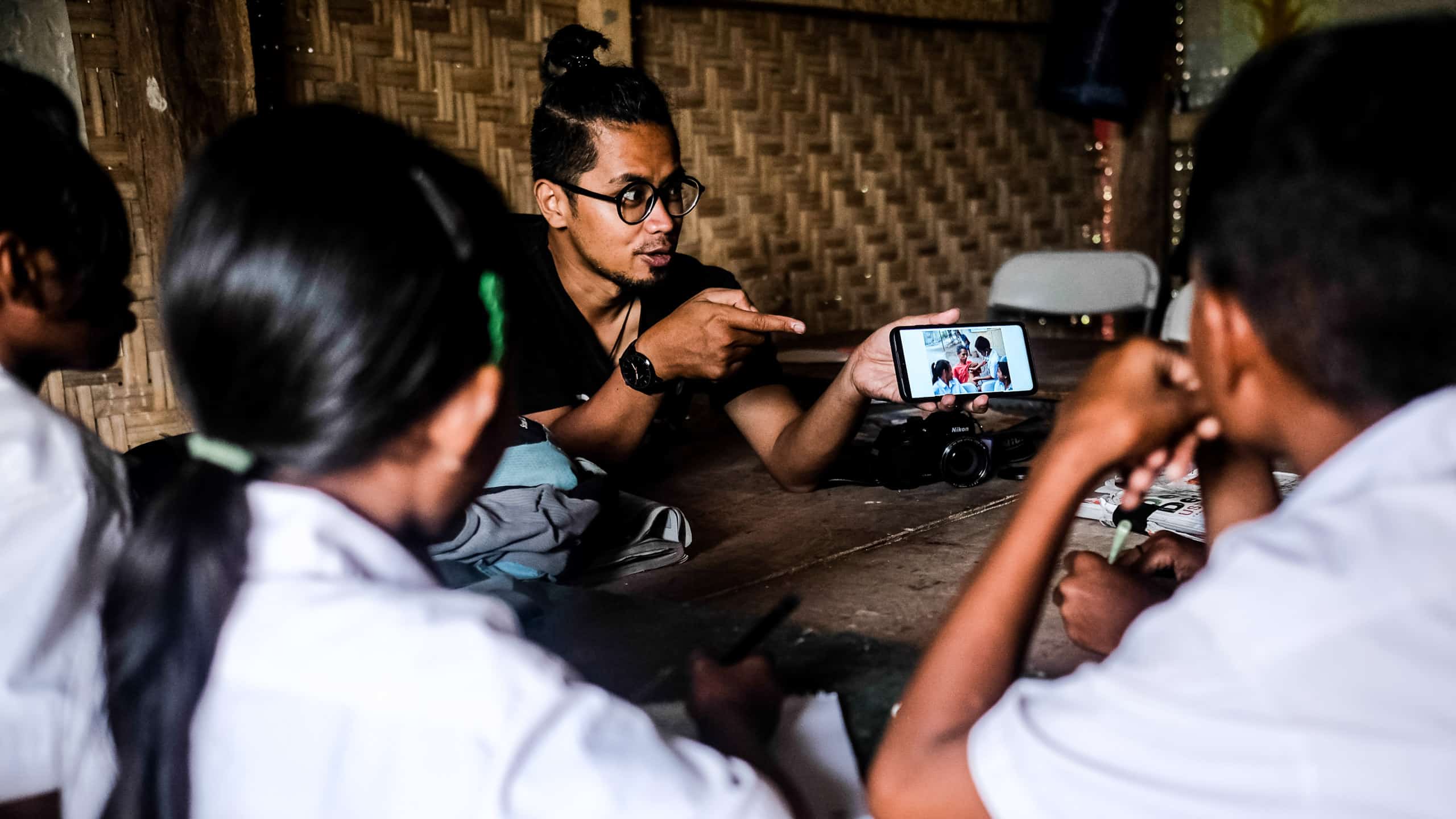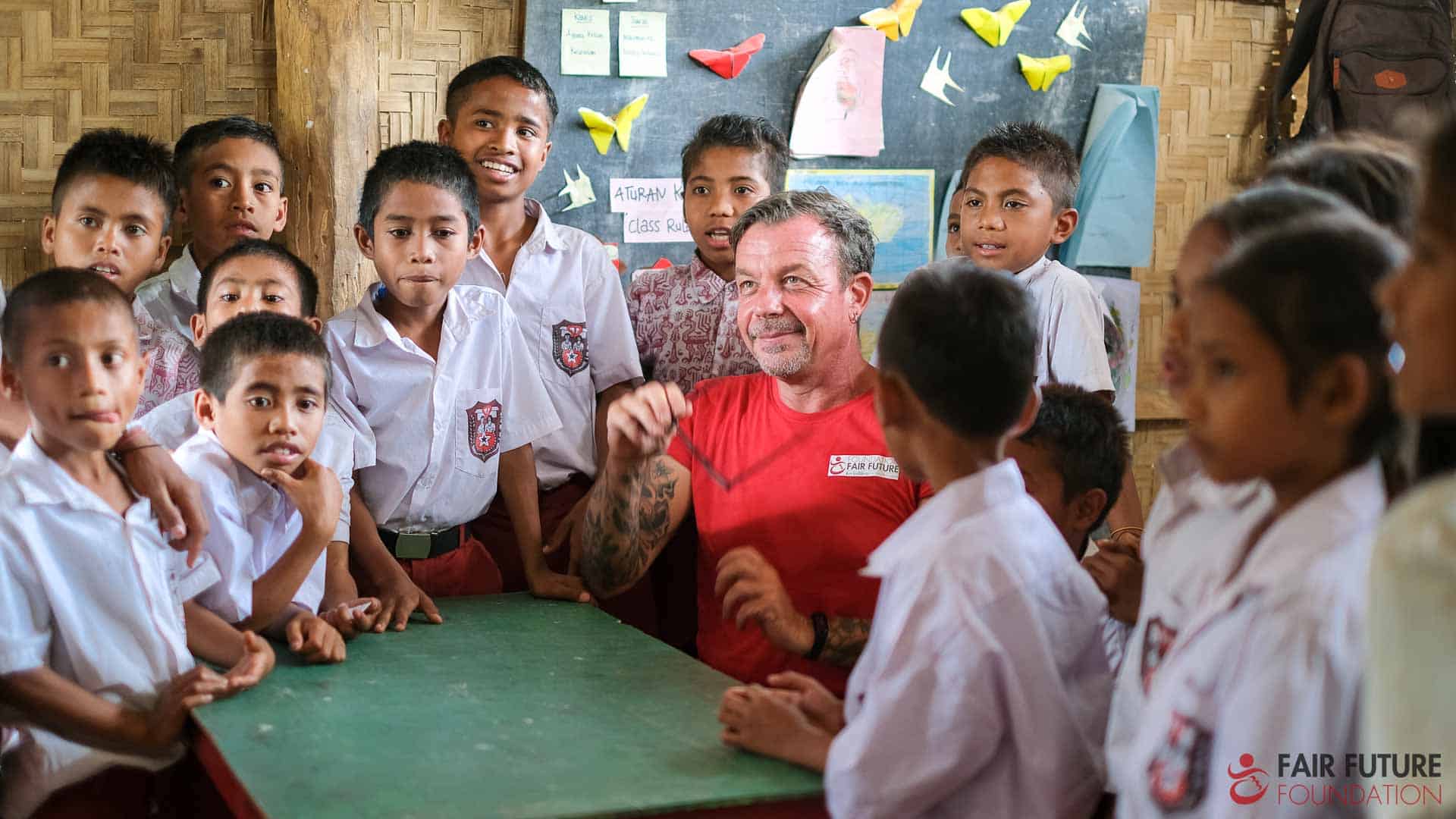Is antibiotic resistance a new phenomenon? And why has it become such an important health issue?
Antibiotic resistance is on the rise in all parts of the world – but it is not a new phenomenon. If we look at the history of antibiotic discovery, the first resistance to an antibiotic happened almost 100 years ago!
Patients buying over-the-counter antibiotics without a prescription from a pharmacy here in the country is a huge problem. Doctors prescribe antibiotics when they are not needed, or use the wrong type of antibiotic when they are, due to lack of training or fear of possible consequences. Inappropriate use of antibiotics increases antibiotic resistance in bacteria. Providing patients and people with information about when and how to use antibiotics is important to lead to behavior that will reduce their misuse.
In some parts of the world, including here in Indonesia, health workers – doctors, nurses, pharmacists – are part of the problem. Medical staff may provide people with the wrong type of antibiotic – which may be ineffective and lead to the development of resistance – or provide antibiotics when they are not needed at all.
Fair Future and Kawan Baik, as part of our field activities, have started training the medical staff we work with. It is a huge project to change habits related to the responsible management of antibiotics. For example, so that doctors know what drugs to prescribe and when. Staff should also resist pressure from patients to receive or prescribe antibiotics when they are not needed.
Because yes here, receiving antibiotic treatment is reassuring, “-antibiotics are the real medicines…”, our patients tell us.
Antibiotic resistance is shaping up to be one of the major public health issues of this century! Few people are aware of this problem, which is also poorly documented.
A report commissioned by the UK government in 2016 estimated that up to 10 million people could die from antibiotic-resistant infections by 2050.
What does “antibiotic resistance” mean?
Resistance occurs when bacteria in our body find ways to survive and resist new antibiotics – a natural and inevitable process. The reason this is a growing problem today is that over time, these bacteria develop resistance and share their resistance mechanisms with each other, furthering the phenomenon.
Concretely, this means that it is becoming more and more difficult for doctors to find effective treatment options among the antibiotics available.
Researchers and scientists try to develop new antibiotics, but it takes time, much longer than it takes bacteria to develop new resistance mechanisms. This threatens our ability to treat even common infectious diseases like upper respiratory tract infections or infected wounds.
Without urgent action and change, we are heading into a post-antibiotic era, in which common infections and minor injuries risk becoming incurable and becoming fatal again.

Without urgent action, common infections and minor injuries could be deadly again
Why is antibiotic resistance such a problem here in Indonesia and what are we doing to change it?
Antibiotic resistance is caused by a number of factors. Although the unregulated use of over-the-counter antibiotics is one factor, there are many other factors, such as:
- Poor infection control practices;
- Poor prescribing practices;
- Supply of poor quality antibiotics;
- Lack of adequate diagnostic and monitoring tools;
- Insufficient patient education provided by physicians;
- Commercial pressure from local laboratories selling very poor quality antimicrobials;
- Etc…
In our secondary healthcare projects, we see many patients with multi-resistant infections. It is then useless to try to prescribe them anything and their state of health can only deteriorate further. The drugs no longer have any effect on them.
What are the consequences of antibiotic resistance on the treatment of a patient?
A patient with an antibiotic-resistant infection, especially a multidrug-resistant infection, has fewer antibiotic treatment options, and these options are usually more expensive and mostly available as intravenous medications.
Not all countries or hospitals have access to expensive “latest generation” antibiotics. The free medical care centers for example (Puskesmas), prescribe what they have, that is to say, the least expensive and therefore the least effective drugs on the local market. Difficulties in accessing these antibiotics are more common in low- and middle-income countries, which complicates their ability to treat patients who need them more than others.
In addition, patients admitted to the hospital must take certain precautions (called “contact precautions” to isolate them from others) to prevent their multidrug-resistant bacteria from spreading to other patients.
Isolation has an effect on their mental health, which is why it is extremely important that they understand what antibiotic resistance is and why they need this treatment. Our mental health and health promotion teams are doing all they can to help these patients cope.
What are the best ways to prevent antibiotic resistance?
Fair Future believes that it is possible to act to prevent or limit the appearance of resistance to antibiotics at all levels.
For example, we always advise patients to only use antibiotics when prescribed by a healthcare professional and never to share or use leftover antibiotics. But also to go to the end of the treatment prescribed by the doctor.
We also train the doctors with whom we work in the field. It is impressive to see how they prescribe antibiotics to treat a disease which they know full well that this type of medicine will have no effect.
We also stress the importance of following basic hygiene rules (washing your hands, covering your mouth when coughing, etc.) – whether you are a patient or a healthcare professional.
And medical staff must also take the time to educate patients on how to prevent infections, what antibiotic resistance is, how to take antibiotics correctly, and the dangers of misusing antibiotics.
At a more global level, it is important to set up an action plan to fight against antibiotic resistance: improve surveillance of antibiotic-resistant infections; strengthen policies and programs and implement infection prevention and control measures; regulate and promote the proper use and disposal of quality medicines; and more generally to raise public awareness of the impact of antibiotic resistance.
The health industry should also invest more in the research and development of new antibiotics, vaccines, diagnostics, and other tools.
We must not wait until it is too late to tackle this major health challenge.
#sumba #ntt #kawanbaikindonesia #fairfuturefoundation #rumahkambera #belalang #pestattacks #starvation #foodshortages #kawansumba #ruralworld #modernworld #kawanbaik #kawanbaikiberbagi #kawansehat






